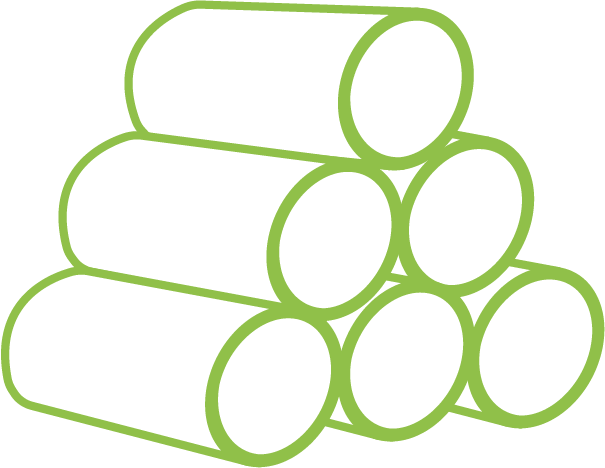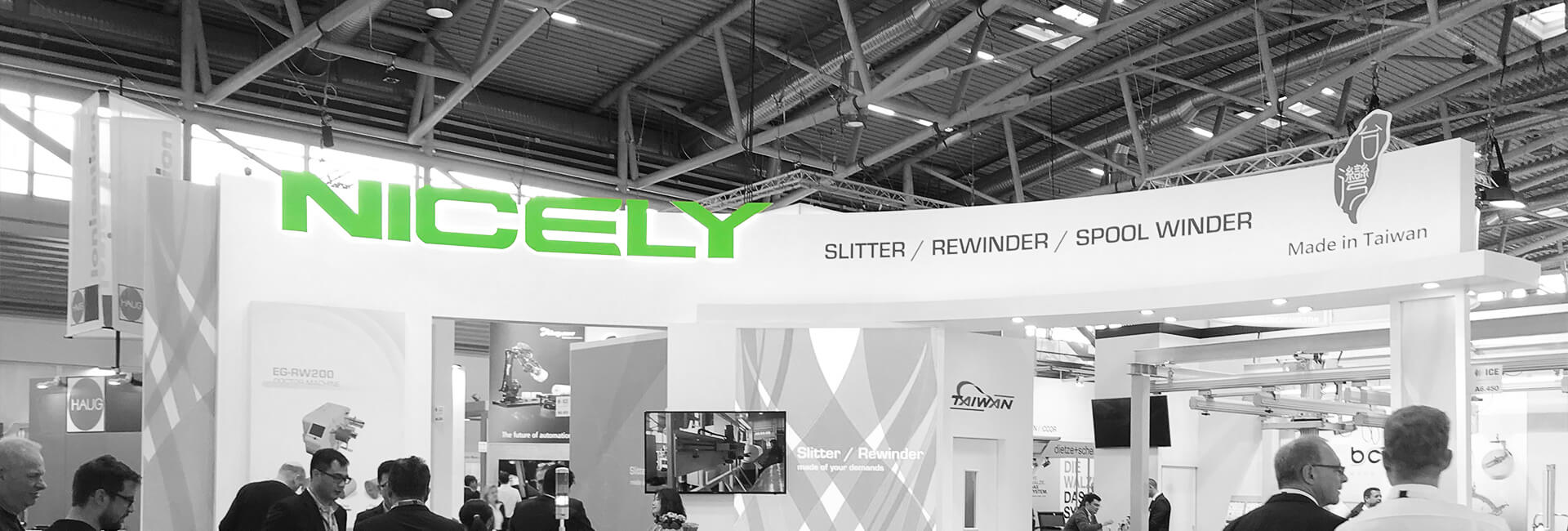Design Driven by Feedback: How Nicely Builds Slitter Rewinders That Truly Work on the Production Floor
Customer Care 2025-09-24

In slitter rewinder development, technical features matter. But when the real-world needs of operators are overlooked, even the smartest design can fall flat on the production floor. At Nicely, we’ve learned that the most valuable innovations don’t come from the meeting room; they come from the production line.
The Floor Knows Best: Real Feedback, Real Problems
A slitter rewinder isn’t a plug-and-run machine. Its performance is affected by material properties, operator habits, workspace limitations, and maintenance access. What most customers struggle with isn’t system failure; it’s poor usability.
- Long downtime caused by time-consuming knife changes
- Confusing or non-intuitive controls
- Hard-to-reach maintenance areas
- Awkward and ergonomically unfriendly workspaces
- Messy, disorganized electrical panels
You won’t see these problems in a drawing. But operators experience them every single day. That’s why good design must start with real user behavior and needs.
From Feedback to Action: Three Areas of Design Improvement
Based on our experiences, the Nicely team has turned years of on-site feedback into three core design principles and made them a standard part of our development process:
1. Flexible Mechanical Design: Adapting to Your Workflow
We introduced a modular design approach that allows us to adjust machine layouts based on actual factory conditions. Whether it's repositioning the operator station to match user habits, adjusting layouts for tight spaces, or adding gauges clear panels for better visibility. Our goal is simple:
“Don’t ask the user to adapt to the machine. Design the machine to fit the user.”
2. Built for Efficiency: Simplified Operations and Faster Changeovers
Productivity isn’t just about machine speed; It’s about smooth workflows. We review our ordinary machine features from the operator’s point of view. From knife positioning to threading devices, from auto-cross-cut functions to HMI settings and auto tension calibration. Our goal is to streamline multi-step tasks into single-touch actions, cutting changeover time and reducing errors.

Image : One of Nicely’s best selling models for Labels & Papers packaging industry, featuring large rewind up to 1500mm with speed 800M/min.
3. Human-Centered Details: Smarter Interfaces and Easier Maintenance
No matter how advanced a machine is, it's still operated by people. We've redesigned our HMI with intuitive visuals and logic-based navigation to help new users get up to speed quickly. For frequent maintenance points, we adapt quick-release components and inspection windows, making daily upkeep faster, safer, and more transparent.
Back to the Core: Design Is Not About Complexity, It’s About Solving Problems
In every internal R&D review, we ask ourselves: “Will this make things easier for the people using the machine?”
That’s not compromise; It’s a reflection of what meaningful design really is. Machines can be solid and fulfilled equipped, but they affect real people: operators, technicians, onsite supervisors. So, what we’re building isn’t just a piece of equipment. We’re building a process people can rely on.
True innovation isn’t just about building fancier machines; it’s about going deeper, grounding design in real work and real users. When a slitter is truly designed for the users, it stops being “a machine”, it becomes part of your productivity partner.
Case Study: A Machine That Evolved Over 365 Days

Image : EG-RWL200 – a customized all-in-one model integrating unwind, peel-off, slitting, lamination, and spooling to meet specific customer needs.
In this project, our dedicated Nicely team worked side by side with a Swiss customer specializing in specialty adhesive materials. Over the past year, we went through detailed discussions, machine drawing reviews, on-site converting tour, and final fine-tuning discussion before reaching the conclusion.
This wasn’t just a customized machine, it was a co-created solution, built from both sides’ technical and application knowledge.
The final system integrates five complex processes into one compact unit within 2 meters in length:
- Unwind
- Peel-off
- Slitting
- Lamination
- Spooling
This machine wasn’t just a challenge in space constraints; it’s a design innovation in process integration.
For us, customization isn’t about “Adapting to special specs, it’s about extending our design logic to meet real needs.”
Successful case model credit to:
Amy Liu – Business Development Director
Chi-Wang, Chen – Chief Mechanical Engineer
Elmo Lee – R&D Assistant Manager / Senior Electrical Engineer
Ray Chen – R&D Electrical Engineer
Willy Chen – R&D Mechanical Engineer



